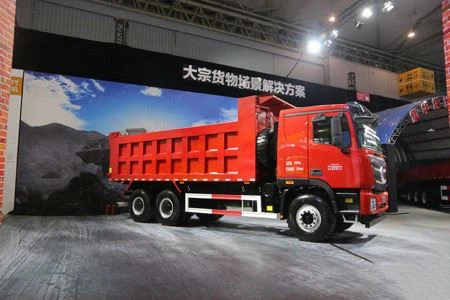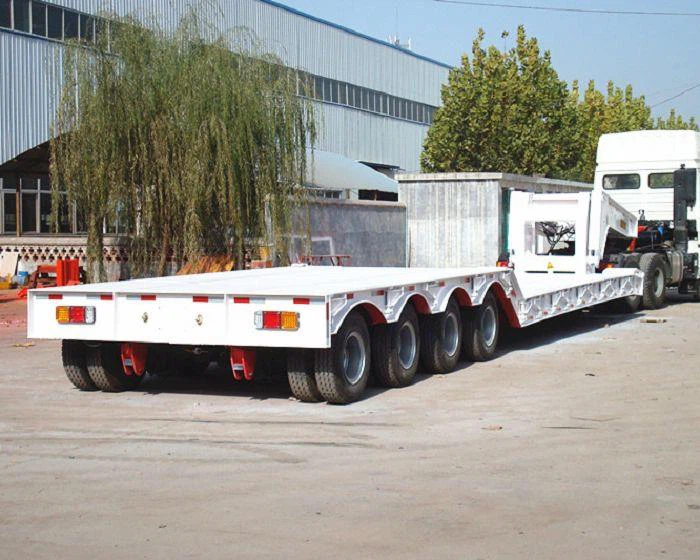Slurry Seal Equipment: Everything You Need to Know

Introduction
Slurry seal equipment plays a crucial role in the maintenance and preservation of roads, parking lots, and various paved surfaces. This technology is vital for extending the life of asphalt surfaces while providing an attractive finish. This article aims to provide an in-depth understanding of slurry seal equipment, its applications, types, benefits, operation tips, and frequently asked questions. Whether you are a contractor, a municipality worker, or just someone interested in pavement maintenance, this comprehensive guide will cover everything you need to know.
What is Slurry Seal?
Slurry seal is a mixture of asphalt emulsion, aggregates, water, and various additives. It creates a thin surface layer that not only rejuvenates existing pavements but also provides a protective barrier against wear and weather. The composition can be adjusted depending on specific road conditions or climate. Slurry seal is commonly used to repair surface damages like cracks, raveling, and surface oxidation.
Types of Slurry Seal Equipment
1. Slurry Seal Mixers
Slurry seal mixers are essential for combining asphalt emulsion and aggregates. These mixers should be robust, efficient, and capable of handling different mixtures. Common types include:
- Batch mixers
- Continuous mixers
2. Slurry Seal Distributors
Distributors are used for applying the slurry seal mixture evenly onto the surface. There are various types of distributors:
- Truck-mounted distributors
- Skid-mounted distributors
3. Squeegee Machines
Squeegee machines are designed for precise application of slurry seal material, ensuring an even and effective coat. They help improve the surface finish and ensure better adhesion.
4. Vacuum Sweepers
Before applying slurry seal, it’s crucial to have a clean surface. Vacuum sweepers remove dirt, debris, and loose materials, preparing the surface for a successful application.
5. Edge Machines
Edge machines are used to create clean and defined edges along the pavement, enhancing the aesthetic appeal of the finished project. This is particularly important in parking lots and residential areas.
Benefits of Using Slurry Seal Equipment
Investing in high-quality slurry seal equipment offers numerous advantages:
1. Cost-Effectiveness
Using slurry seals is significantly cheaper than complete surface replacement. Equipment costs can be recovered with efficient usage and proper maintenance.

2. Extended Lifespan of Pavements
Slurry seals can extend the life of existing asphalt surfaces by preventing issues such as cracking and raveling. This means less frequent repairs and lower long-term maintenance costs.
3. Improved Safety
The application of slurry seal creates a textured surface that improves traction and reduces the likelihood of accidents, particularly in wet conditions. This is essential for roads and parking lots.
4. Environmental Benefits
Slurry sealing is an environmentally friendly option. It reduces the need for new asphalt, minimizing material waste and associated carbon footprints.
5. Aesthetic Appeal
Using slurry seal equipment enhances the appearance of paved surfaces, making them look fresh and new. This is particularly appealing for commercial properties and residential areas.
How to Choose the Right Slurry Seal Equipment
Selecting the right equipment is critical for success. Consider the following factors:
1. Project Size
Assess the size of the area you plan to treat. Larger projects may require truck-mounted equipment, while smaller jobs might be manageable with portable mixers and distributors.
2. Type of Surface
Different surfaces may require specific types of slurry seal equipment. Ensure your equipment is suitable for the texture and condition of the pavement.
3. Budget

Set a budget for your slurry seal project and look for equipment that offers the best value within that range.
4. Reliability and Maintenance
Select equipment from reputable manufacturers known for durability and ease of maintenance to minimize downtime and repair needs.
Practical Tips for Operating Slurry Seal Equipment
1. Pre-Application Preparation
Clean the surface thoroughly with a vacuum sweeper before applying the slurry seal. This ensures optimal adhesion and a smooth finish.
2. Mixing Ratios
Follow manufacturer guidelines for mixing ratios of asphalt emulsion, aggregates, and additives to achieve the best results.
3. Application Techniques
Utilize squeegee machines for applying the slurry seal to achieve a uniform coat. Ensure the application is performed in favorable weather conditions for optimal curing.
4. Post-Application Care
Advise users of the surface to avoid heavy traffic for a specified time after application to allow for proper curing. Typically, this can range from 24 to 48 hours, depending on the weather.
Common Challenges with Slurry Seal Equipment
1. Weather Conditions
Extreme temperatures, whether hot or cold, can affect the performance of slurry seal materials. It is best to operate during moderate temperatures and dry conditions.
2. Equipment Malfunctions
Regular maintenance and checks can help prevent breakdowns. Operators should be trained to identify early signs of equipment issues.
3. Surface Preparation Mistakes
Proper surface preparation is key. Neglecting this step can lead to poor adhesion and an ineffective seal.
Slurry Seal Equipment Maintenance
1. Routine Inspections
Conduct inspections on equipment regularly. Look for wear and tear, and replace parts if necessary to avoid operational failures.
2. Cleaning Equipment After Use
Thoroughly clean all slurry seal equipment after each use. Residual materials can cause clogs and affect performance in future applications.
3. Store Equipment Properly
Ensure that the equipment is stored in a clean, dry space when not in use. This helps prolong the life of the machinery and components.
Frequently Asked Questions (FAQ)
1. How does slurry seal compare to fog sealing?
Slurry seal consists of a mixture that provides a thicker layer of protection, while fog sealing is a lighter application of asphalt emulsion aimed at rejuvenating oxidized surfaces.
2. Can slurry seal be applied in cold weather?
It is not recommended to apply slurry seal in temperatures below 50°F, as it can impair the curing process.
3. How often should I apply slurry seal to my pavement?
Typically, slurry seal should be applied every 3 to 5 years depending on traffic levels and environmental conditions.
4. What surfaces can benefit from slurry sealing?
Slurry sealing is suitable for asphalt roads, parking lots, and driveways. It is not recommended for concrete surfaces.

5. Is slurry seal environmentally friendly?
Yes, slurry seal is considered an eco-friendly option as it reduces the need for new asphalt production and helps preserve existing materials.
6. Can I do it myself, or should I hire a professional?
While some individuals may choose to do it themselves, hiring professionals is recommended for best results, especially for larger or more complex projects.
Conclusion
Slurry seal equipment represents a critical investment for anyone involved in pavement maintenance. Understanding its components, benefits, and best practices can lead to successful applications, extend pavement lifespans, and save costs. With the right tools and knowledge, maintaining asphalt surfaces becomes an efficient and effective process.
